The gear • August 2017
The best tech for sky gazing
On 21 August 2017, sky watchers in USA are in for a treat, with a total solar eclipse sweeping across the country. Space journalist Sarah Cruddas shares her top bits of kit for getting starry-eyed during this spectacular phenomenon
Safety First
Never look directly at the sun. Sunglasses or homemade filters don’t provide adequate protection, so do this safely by investing in solar filter glasses or handheld solar filters. Rainbow Symphony is one of four companies recommended by Nasa – its range includes the limited-edition ‘All American’ eclipse glasses ($1.95).
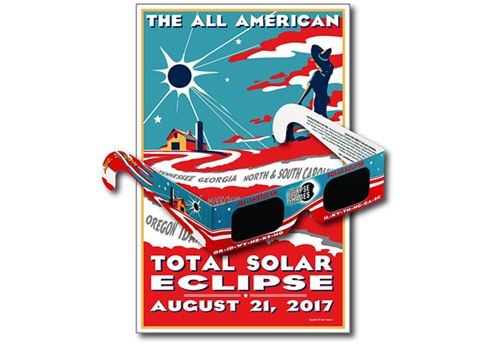
Splashing out
Don’t fancy wearing paper glasses? If you splash a bit more cash, there are some durable solar filter glasses on the market. These wrap-around goggles ($19.95) – also from Rainbow Symphony – look like sunglasses, but provide the same protection as the paper versions.
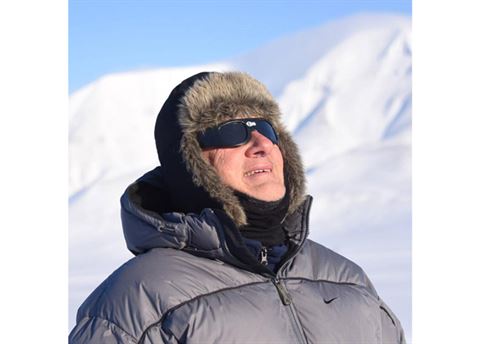
Do it yourself
One of the best things about astronomy and observing the sky is you don’t need special equipment. Hold up a kitchen colander in one hand with your back to the sun, and a piece of white paper in the other hand. The colander will project multiple eclipse images onto the paper. Don’t have a colander? Simply cutting a small hole in a piece of card and holding it with your back to the sun will produce a similar result.
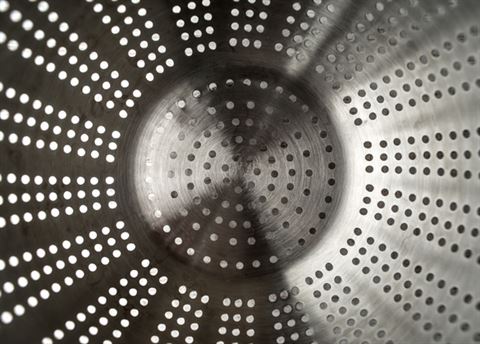
Keeping track
Apps are great for making the most of the eclipse experience. Among them is eclispe2017.org (free, iOS and Android) – for the best results, download the full version, including GPS ($2.99). The app and its supporting website provide an interactive map (which tracks your location), as well as the all-important weather forecast and the exact times the partial and total phases will start, depending on where you are.
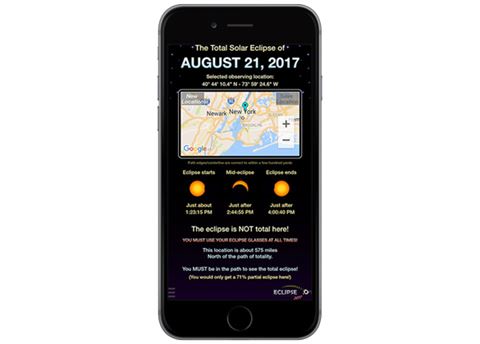
Small is beautiful
Perfect for adults and kids (with supervision), sunoculars are a great way to view the eclipse. Certified to international safety standards, these mini TSE 17 sunoculars ($29.95) are small enough to fit in carry-on luggage and are made to the same standard as solar telescopes and filters. Using them to look at the sun before totality will make it appear a pleasant orange colour.

For the pros
Don’t look at the uneclipsed or partially eclipsed sun through a telescope, binoculars or a camera. The concentrated solar rays can cause damage to your equipment and serious eye injury. Filters are available for a range of optical devices – Thousand Oaks Optical produces various filters, including threaded camera filters ($49-$79) – but if you’re not an astronomer or experienced amateur, it’s best to seek advice before using.
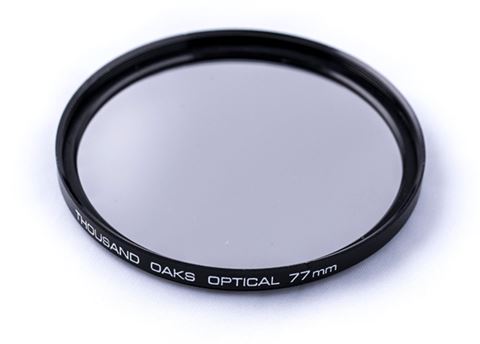
This article has been tagged Technology, Travel Tips
